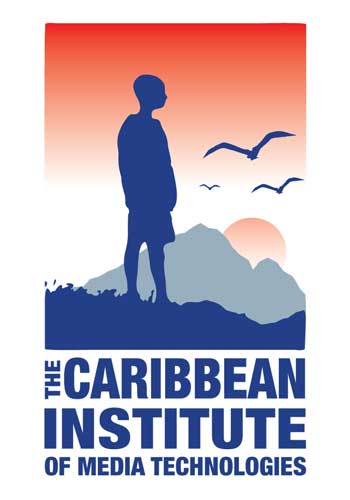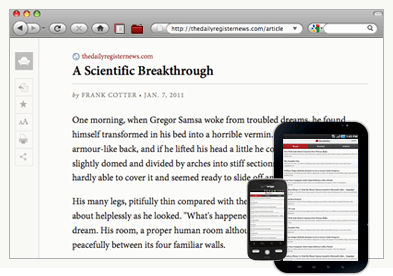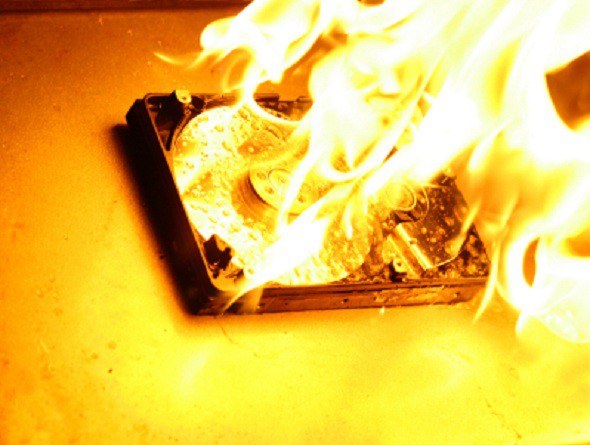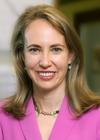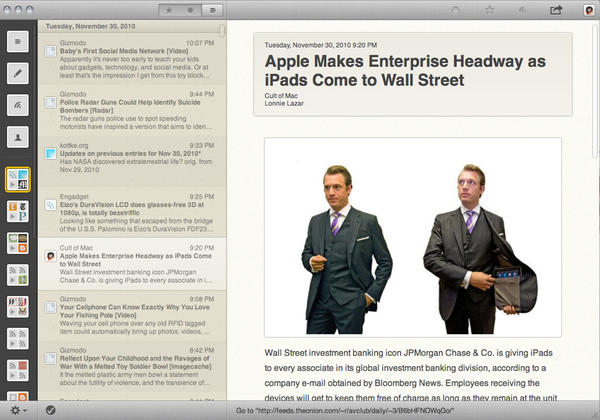As we noted earlier, the weekend’s silliest headline came courtesy of hair product Jon Bon Jovi, who ranted to the Sunday Times of London that “Steve Jobs is personally responsible for killing the music business.”
This statement is astoundingly ignorant. The iTunes Music Store is easily the most popular record store in the history of the world, having sold more than 10 billion songs in its eight years of existence. One can decry the very notion of digital distribution. It’s impossible to argue with business that big.
Moreover, when iTMS hit the scene in April 2003, it was a godsend to record labels. After all, Apple didn’t invent digital distribution of music. They invented legitimate digital distribution. Napster had hit the scene a full four years previous, making it possible for college students across the country (myself included, briefly) to readily share reasonably high-quality music files with one another over the Internet in simple fashion. As soon as Shawn Fanning flipped the switch in 1999, the music business needed to change itself or disappear.
For years, it chose to disappear, waging costly legal battles with Napster and its near-relatives Audiogalaxy, MP3.com, Gnutella, Kazaa, Morpheus, and LimeWire. Hilariously, the Recording Industry Association of America’s belief that they could sue file sharing out of existence did little but spur its growth and, more critically, its innovation. BitTorrent, the radically distributed and difficult-to-trace open file sharing protocol, hit in 2001, arguably a few years before it would have arrived had the record companies reached a deal to distribute music legally through Napster. Also, Metallica.
It was into this mix that Steve Jobs arrived. And with him, the record industry finally changed. A little. They finally signed on with a legitimate way to purchase music over the Internet, for just 99 cents a song. And it was revolutionary, driving unprecedented volumes and moving a lot of iPods in the process. But, like Bon Jovi, the record industry has a short memory, and immediately began demanding to sell songs for more money on iTunes, as well as demanding a higher percentage of revenue from each tune, even though, at 70:30, they were already doing better than a typical margin at a record store.
Anyway, they got what they wanted again, but still they rant and whine about devaluing music or killing the romance of the art form. Generally, they resent that the vast iTunes library has allowed indie bands to get more attention than they ever were when major labels controlled distribution. And those indie labels are doing great now (see what Merge Records has accomplished with Arcade Fire and Spoon), as are some of the independent record stores that thrive off of their albums.
Honestly, at the end of the day, the Web’s arrival in the early 1990s was a sign that all media would eventually be delivered differently than it previously had. It was obvious that early. But the entrenched media covered their eyes and their ears and hoped things could remain the same. And now that an inevitable reality of digital music, video, books, and periodicals have arrived, everyone wants to get mad at the one company that’s actually helped figure out how to make record labels some money in the last decade. Whether they like it or not.
In short, JonBon: “This Left Feels Right” killed music. Steve Jobs is the one who helped you profit from that murder.
The Sunday Times Magazine: LITD: Jon Bon Jovi, 48, rockstar (paywall)

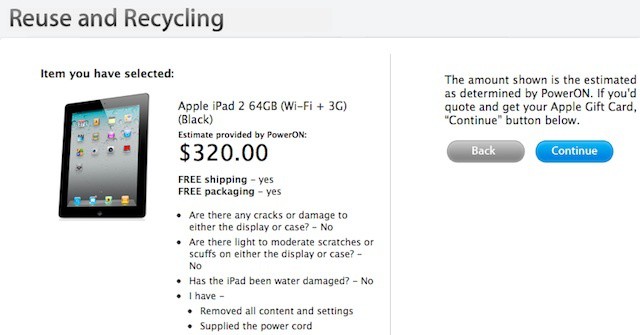
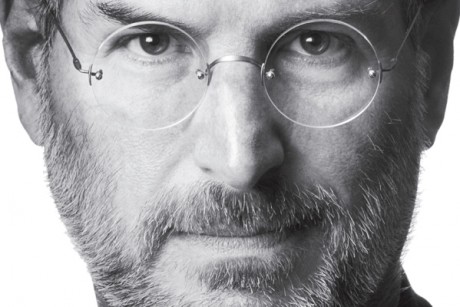
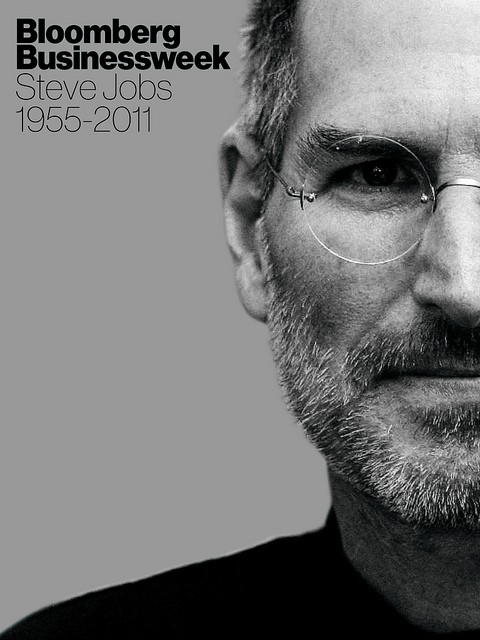
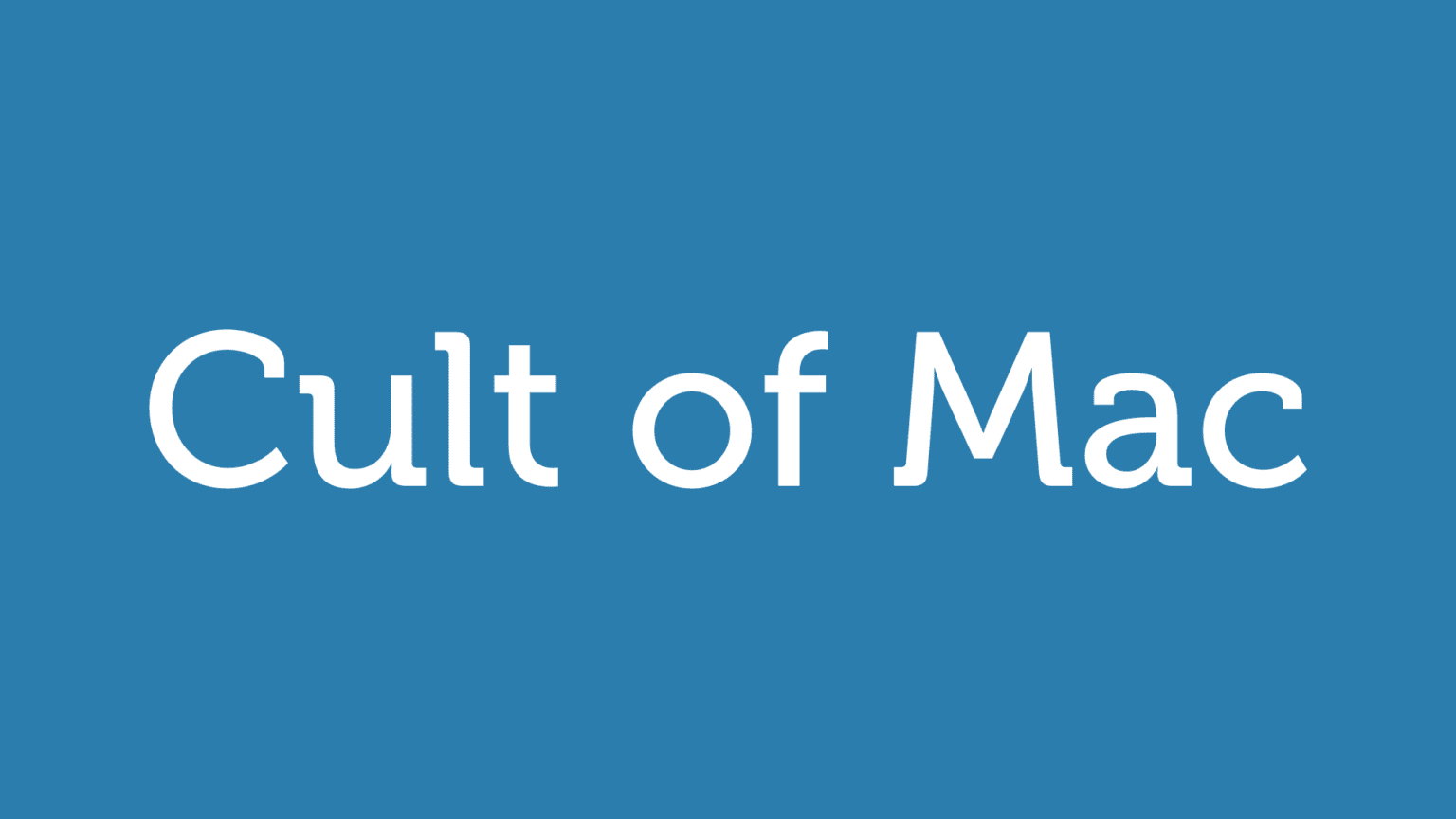

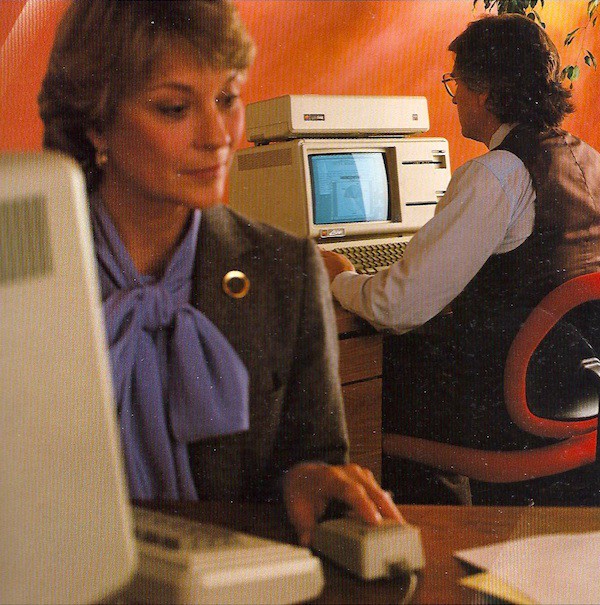



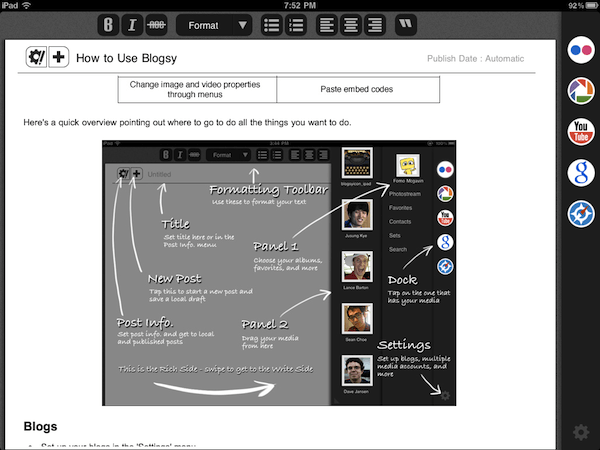
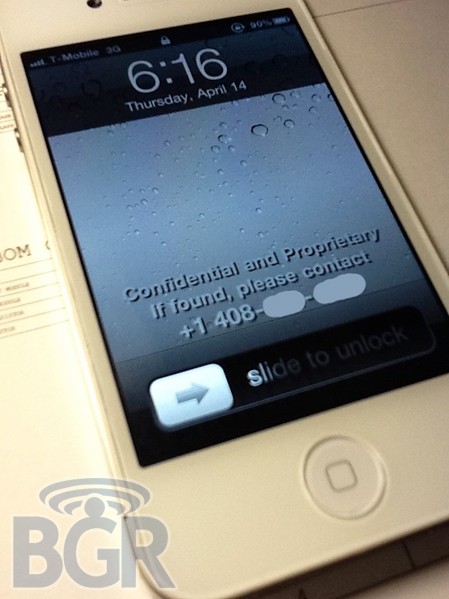
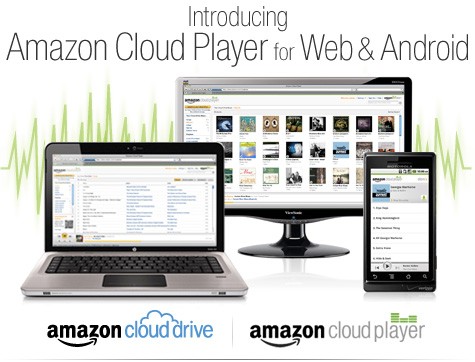
![Instacast Closes One of iPhone’s Most Glaring Gaps [Review] home_screen2](https://www.cultofmac.com/wp-content/uploads/2011/03/home_screen2.png)
![Sorry, Bon Jovi, Steve Jobs Didn’t Found Napster [Editorial] Bon_Jovi1.jpg](https://www.cultofmac.com/wp-content/uploads/2011/03/Bon_Jovi1.jpg)
